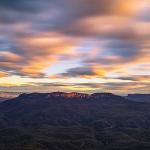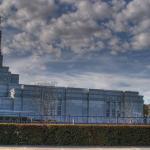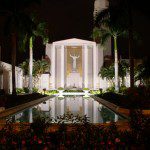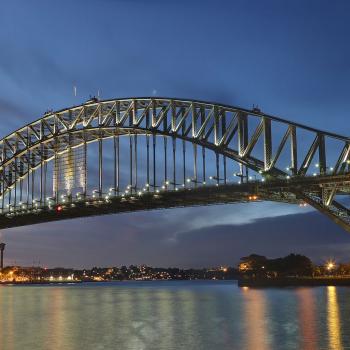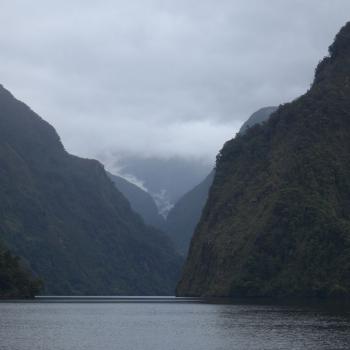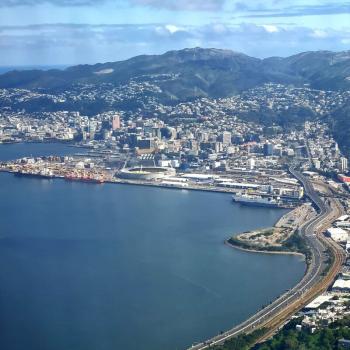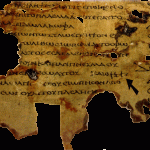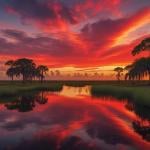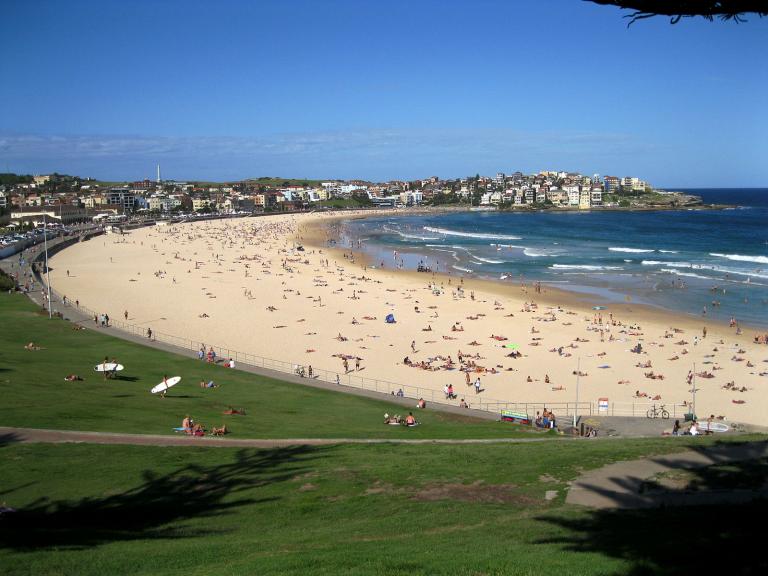
(Wikimedia Commons public domain image)
We began the day with almost all of our group taking a multi-hour minibus tour of mostly eastern Sydney, looking at the Sydney Harbour Bridge and the magnificent Sydney Opera House and including really good fish and chips and shrimp, followed by gelato, at Bondi Beach.
As I sit down to commence writing this blog entry, we’re just emerging from Sydney’s huge and excellent harbor (harbour?). From our veranda of our cabin, I’m looking southward at the sheer cliffs facing this portion of the Pacific Ocean. Our ship is the Ovation of the Seas. In the distance, I see the intermittent flash of a coastal lighthouse high atop the shore. I’m a little bit surprised to see such a lantern lighthouse still functioning, as opposed to the electronic navigation devices that (I had thought) have come to dominate coastal shipping. Maybe—is it even remotely thinkable?—I don’t know quite as much about such things as I’ve imagined that I did.
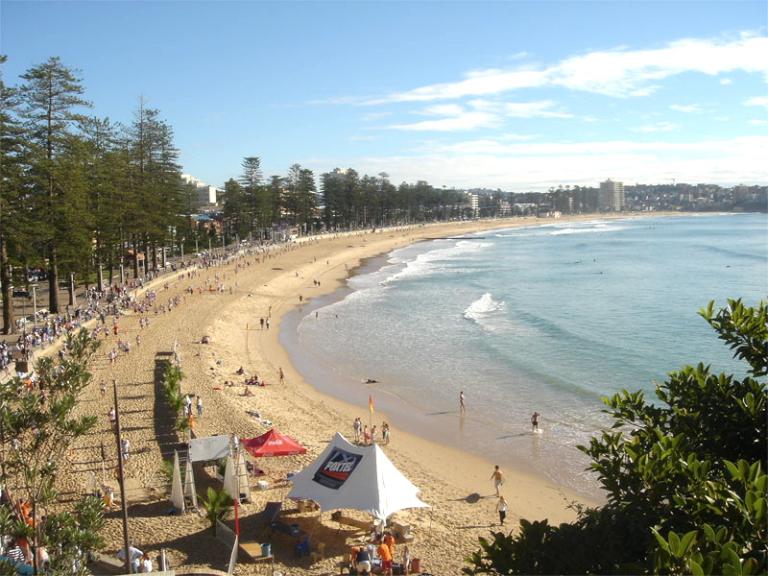
(Wikimedia Commons public domain image)
I now know quite a bit more about New Zealand than I did just a few weeks ago, having devoted some considerable time to reading about it and its history. I have at least seven lectures to deliver (or, better, discussions to lead) over the next twelve or thirteen days, and I prefer to know something about the subject that I’m discussing.
Roughly eighty million years ago, the land that was to become New Zealand separated from a supercontinent that geologists call Gondwana. This consisted of modern-day Australia, South America, Africa, India, Arabia, and Antarctica.
But, of course, the geological movement and changes didn’t suddenly stop. (They still haven’t.) Eventually, what is now New Zealand became sufficiently isolated from Australia, and even further isolated from what had once been Gondwana, to put an end to animal migrations between those formerly connected areas. Today’s New Zealand lies roughly 1,200 miles (2,000 kilometers) southeast of the Australian mainland across the Tasman Sea, a body of water that is notorious for its unpredictable and harsh weather.
And subsequent developments proceeded rather differently according to location. That is why Australia boasts such a unique array of wallabies, Tasmanian devils, emus, echidnas, cassowaries, koalas, dingos, venomous Inland Taipans, kangaroos, wombats, and red-legged pademelons. However, when mammals and marsupials took over from the dinosaurs, the New Zealand archipelago remained dominated by reptiles, though they were much smaller than their forebears, and by birds. Because they lacked serious predators, those birds grew to become much larger than in other parts of the world and many of them (e.g., the moa and the kiwi) remained flightless.
The country of New Zealand consists, of course, of two major islands: the North Island (or, in Māori, Te Ika-a-Māui, which means “the Fish of Māui”) and the South Island (or Te Waipounamu, which, referring to jade, means “the Water of Greenstone”), as well as about seven hundred smaller islands. Combined, the islands are bounded by approximately 9,400 miles (15,100 kilometers) of coastline—though, in an era of fractals, I wonder how accurate such a figure can really be) and a surface area of about 103,000 square miles (268,000 square kilometers).
Driving around Sydney—on a continent that some New Zealanders puckishly call the West Island—we were assured multiple times that it is literally founded upon rock—much of it is easily visible—and that it is not subject to earthquakes. The last Australian volcano apparently died out many, many years go. As far as I know, this is entirely correct.
The islands of New Zealand were, however, not similarly blessed. They lie on the border between the Pacific and Indo-Australian tectonic plates. These plates crash into each other, creating a zone that is dotted with volcanoes and prone to both earthquakes and tsunamis.
Another quite dramatic difference between New Zealand and Australia concerns their settlement by humans. Standard accounts have the Aboriginal people of Australia reached its shores roughly fifty thousand years ago. (To put that into perspective, the Aboriginal people of Australia reached its shores some fifty thousand years ago, while, again according to current standard views, humans first crossed into the Americas approximately twenty thousand years later.) It is currently believed, however, that the Polynesian ancestors of today’s Māoris, who are wholly unrelated to the Australian Aboriginals, arrived in New Zealand only in the twelfth, thirteenth, or even fourteenth century. (Which by the way, in my view, makes it somewhat problematic to call the Māoris “indigenous” to New Zealand.) There is, thus far, not a scrap of direct evidence for prior human occupation. This means that New Zealand was the last significant habitable area of Planet Earth to be settled by humans.
And, in a way, New Zealand is enormous: It represents nearly 90 percent of the entire Polynesian landmass. The second-largest Polynesian archipelago is Hawaii, which covers about 5 to 6 percent of its landmass. And other Polynesian islands and island clusters (e.g., Samoa, Fiji, Tonga, and Tahiti) are even smaller.
Moreover, New Zealand’s geographical location meant that the arriving Polynesian settlers came into contact with different climates for the first time in the thousands of years since their presumably Austronesian ancestors began their migration from the coast of Asia. New Zealand—especially its South Island—is much cooler than are such places as Hawaii, Fiji, Samoa, Tahiti, and Tonga.
Here are three good summary passages from Michael King’s Penguin History of New Zealand:
What would ensure the uniqueness of New Zealand’s landscape, flora and fauna was the fact that the country had been torn loose from Gondwana prior to the evolution of marsupials and other mammals. All its vegetation and animal life continued to evolve in the absence of such predators. And the places that mammals would take in the ecosystems of other countries–all other major land masses apart from Antarctica–would in New Zealand be filled by birds, insects and reptiles. Wētā, giant crickets, grew into the largest insects on earth and hunted like mice. . . .
The whole ecosystem, surrounded by 18,000 km of coastline that hosted fish, shellfish, seabirds and marine mammals, developed over a period of 82 million years into what one twentieth-century ecologist would call ‘a larder of protein’. And that larder was much better stocked for the fact that there was no predator—no thylacine, no bear, no wolf, no large cats—to raid it, and, of course, no humans. Even as recently as 10,000 years ago humankind had spread to and over every habitable continent on Earth, including New Zealand’s nearest neighbour, Australia. And this occupation and colonisation had major effects on the subsequent evolution of plants, animals and land forms. But not in New Zealand. In New Zealand, as an early geographer put it, ‘a land without people waited for a people without land’. . . .
If the country’s geological, natural and human history were represented by an hour on a clock face, then the land began to detach itself from Gondwana at one second past twelve, its dinosaurs were gone by twelve minutes past, its cargo of Gondwana birds was being supplemented by avian immigrants from Australia by a quarter past, volcanic eruptions and uplifts of land were laying the foundations of modern ecosystems by half past, and the ice age that would shape much of the surface landscape of ‘modern’ New Zealand had begun at less than two minutes to and ended at half a second to one. This tiny fraction of time is all that is left for the redistribution of flora and fauna into the configurations that humankind would encounter. And then humanity itself arrives, Māori and European, within the space of 300ths of a second to one o’clock. (10-11)
Posted from the Tasman Sea, east of Sydney


